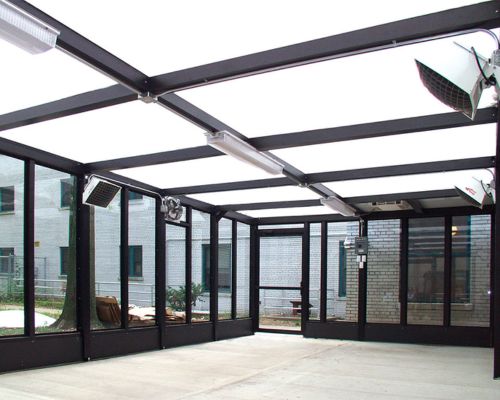
Creating a safe and secure environment is essential in any educational institution. Students and faculty should be able to focus on learning and teaching without worrying about their personal safety.
Campus management needs to prioritize the well-being of the student body for a positive and rewarding experience. These five ways to improve student and faculty safety on campus can promote a viable environment for growth and learning.
Establish Emergency Response Protocols
Establishing emergency response protocols is essential for minimizing risks. Conduct regular drills and training sessions to educate students and faculty about emergency procedures. This can include protocols for natural disasters, active shooter situations, and medical emergencies.
Implement Access Control Measures
Controlling access to campus buildings and facilities is crucial for maintaining safety. Implementing access control measures like ID cards, key fobs, or biometric systems will grant entry to permitted individuals. This prevents unauthorized parties from accessing sensitive areas and reduces the chances of theft, vandalism, or other criminal activities.
Enhance Campus Surveillance and Lighting
A fundamental step in ensuring safety on campus is implementing an extensive surveillance system. Strategically placed cameras can minimize criminal activities and help campus security respond to incidents. Adequate lighting across the campus, especially in parking lots, walkways, and secluded areas, can eliminate blind spots and provide a sense of security. Walkway covers are great safety features with special lighting and protection to make walking paths safe at any time of day or night.
Increase Campus Security Personnel
A responsive security team on campus can ease students and faculty. Increase the number of security personnel and station them throughout the campus to stop threats and provide immediate assistance in emergencies. Well-trained security officers can handle various situations, including conflict resolution, crowd management, and emergency response.
Promote Community Engagement and Awareness
Encouraging community engagement and awareness by organizing safety workshops, seminars, and awareness campaigns is an important way to improve safety on campus. These solutions can educate students and faculty about personal safety measures, cyber security, substance abuse prevention, and other relevant topics. It’s also important to promote an open, inclusive environment where both students and instructors feel comfortable reporting safety concerns or suspicious activities.
Prioritizing the safety of students and faculty with different solutions is crucial for a thriving campus. The safety of everyone on campus should always be a top priority; follow these methods to help students and staff focus on their academic pursuits and personal growth without unnecessary concerns.
